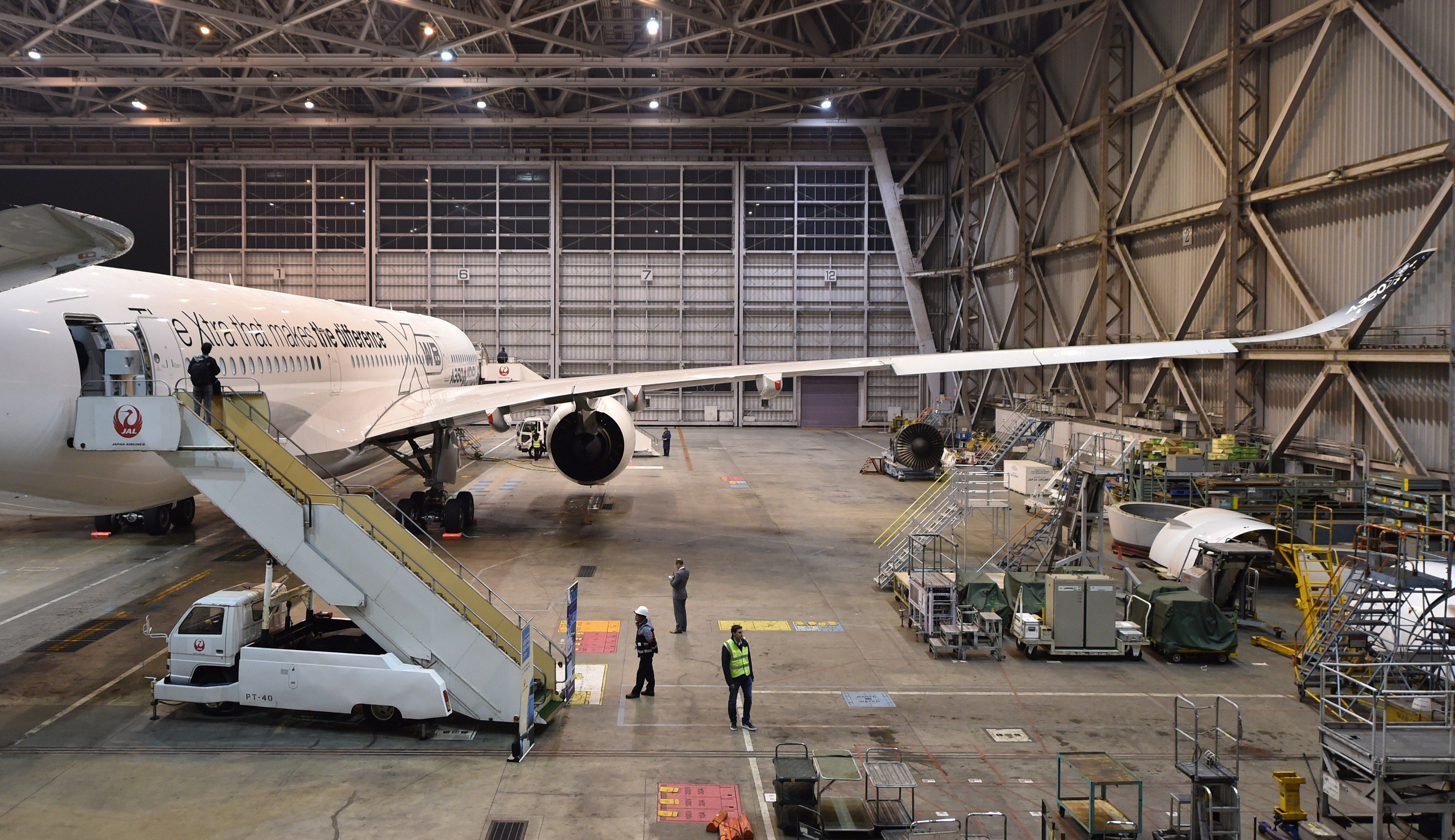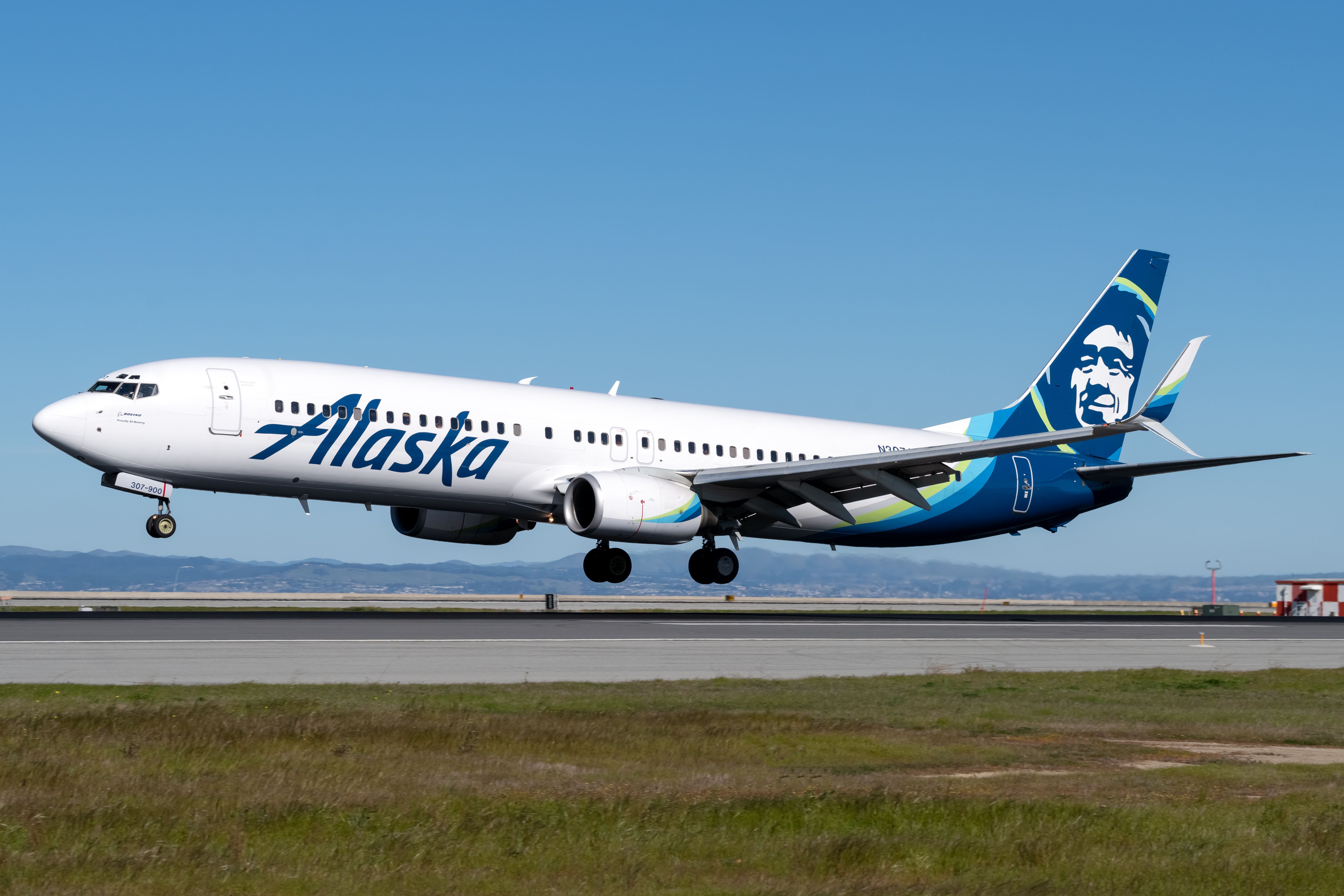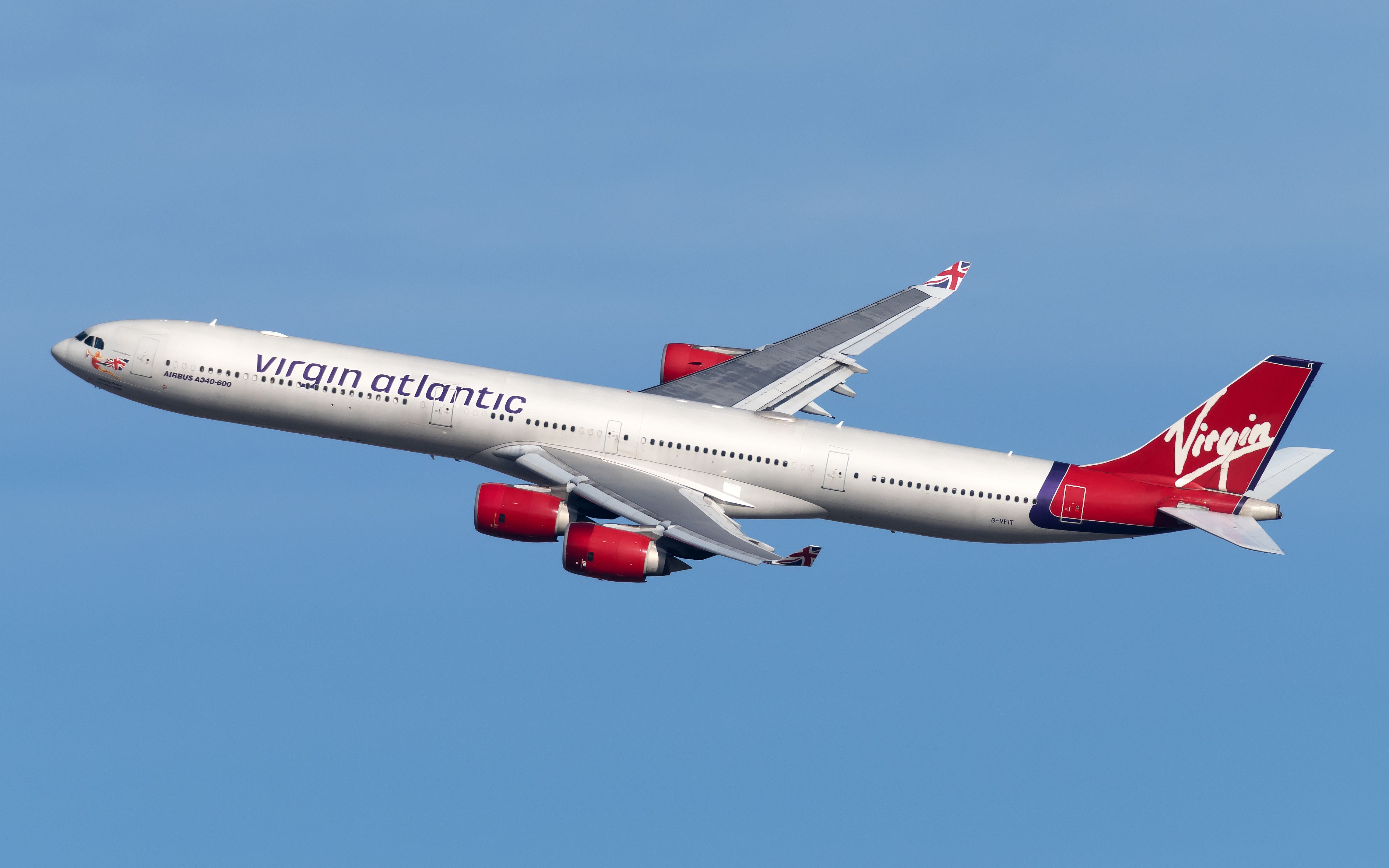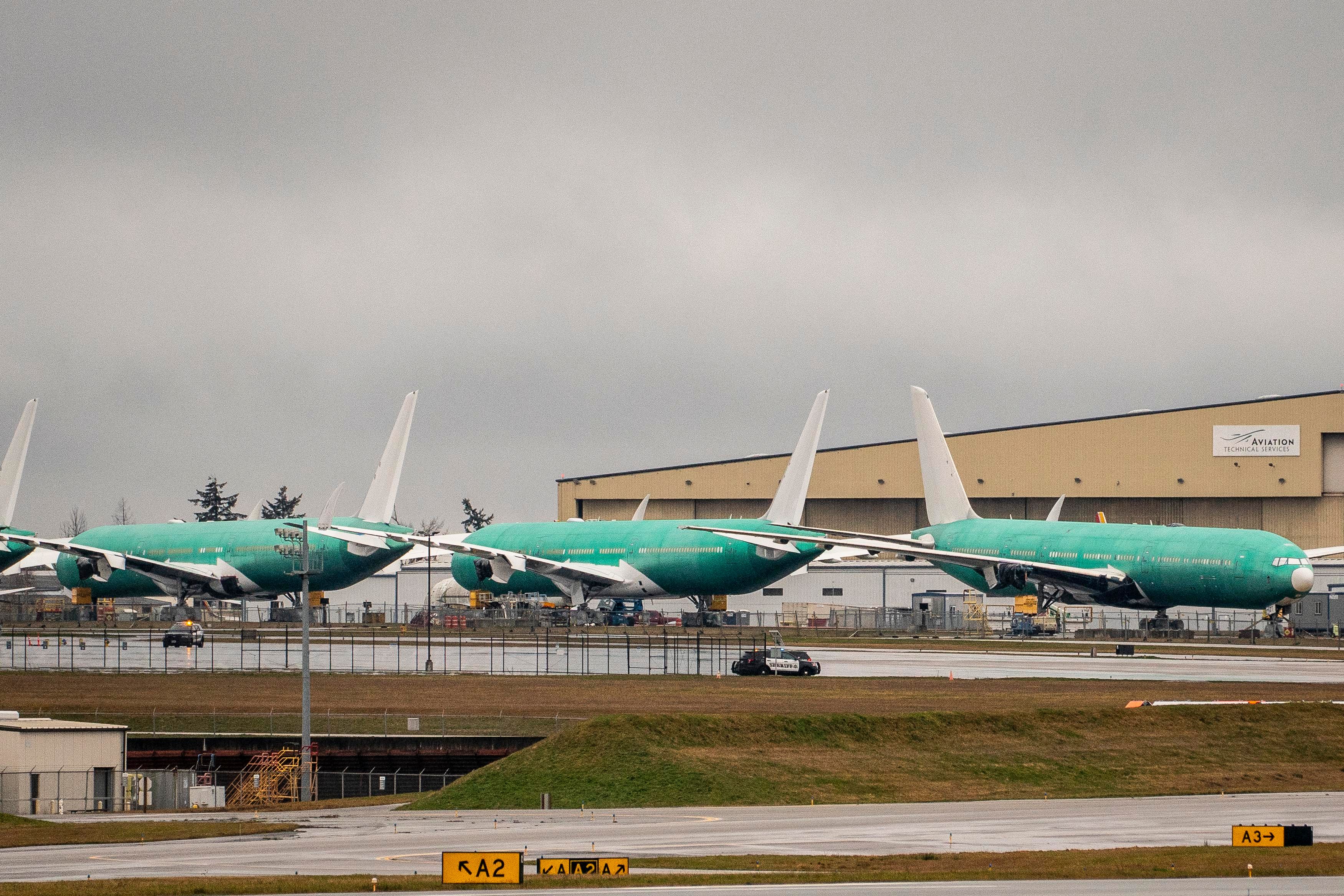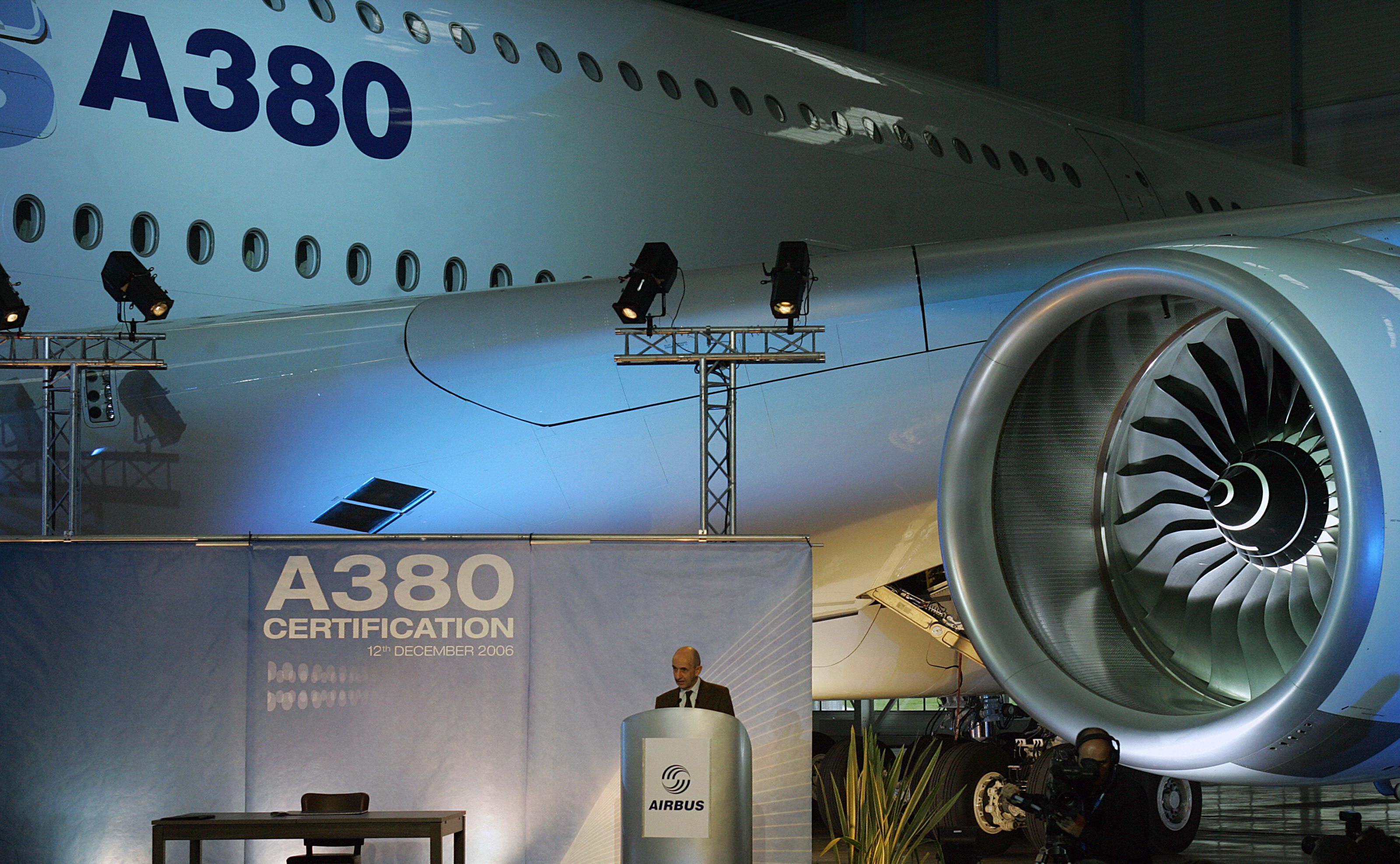When a manufacturer develops a new airplane, a maintenance program is also designed to receive airworthiness certification for the aircraft. Apart from testing individual systems and performing rigorous flight tests, a comprehensive maintenance plan that underlines the aircraft’s operability under safe conditions is essential.
The airworthiness certification is granted based on the manufacturer’s ability to provide concrete plans to keep the aircraft fit for flying. A maintenance program may only include the minimum required maintenance to keep the aircraft operating within acceptable limits.
A maintenance program is developed by gathering operational information on all materials, equipment, processes, and systems used in manufacturing. The data is categorized based on the component group and its criticality in determining safe operation. An aircraft’s maintenance program goes through several processes before an airworthiness certificate is granted.
Maintenance Workgroups
In the first stage, Maintenance Workgroups scrutinize each part, assembly, system, and their interactions. Maintenance Workgroups comprise specialists from suppliers, vendors, operators, and regulators that have a deep understanding of individual systems.
Each system is broken down into components, piece parts, machining, and materials. Each process is recorded from the origin of raw material to the manufactured system assembly. The manufacturer must be able to back-track a failed system or component to its raw material.
On the serviceability side, the maintenance program lists all tasks, descriptions, tooling, and actions required to service the component. Each task has trigger criteria with a specific serviceable and repairable threshold. Each service must be recorded with the activities and the person performing them.
The team also relies on the historical knowledge of similar systems and potential failure points. After compiling all the necessary information, the Maintenance Workgroups design a comprehensive maintenance plan for the aircraft.
Industry Steering Committee
The maintenance plan is reviewed by the Industry Steering Committee, which comprises representatives from manufacturers, operators, and industry partners. A formal checklist is followed to ensure all design and operational aspects are covered in the plan.
The Steering Committee provides recommendations and best practices where needed. The committee works closely with the maintenance workgroups to make necessary amendments before approving the maintenance plan.
Material Review Board
The final approval of the maintenance program lies with the Maintenance Review Board (MRB). The MRB is chaired by the country’s certification authority, Federal Aviation Administration (FAA), in the US. Members from manufacturers and airline operators form the MRB.
The final program lists the manufacturer’s and operator’s maintenance responsibilities in keeping the aircraft serviceable. While extravagant maintenance is at the operator’s discretion, the maintenance program typically lists minimum maintenance actions required for safe operations.
The MRB approves the first final maintenance program, and the aircraft type is certified for airworthiness.
Amendments to the program
After the aircraft gets certified and begins routine operations, new phenomena related to the usability of the aircraft occur. In instances where specific modifications to the aircraft are required, regulatory authorities issue Airworthiness Directives (AD). The operator must comply with the AD requirements to keep their airworthiness certificate valid.
The recommended changes to the aircraft components, such as the engine, are sent to the operator by the component manufacturer to highlight certain conditions. Those are recorded through the issuance of Service Bulletins (SB).
Typically, the general aviation SBs are not mandatory unless required by an AD. On the other hand, operators in commercial aviation are required to comply with all manufacturer's SBs to provide the necessary standard of safety.
What do you think about the comprehensive maintenance program requiring independent certification? Tell us in the comments section.

